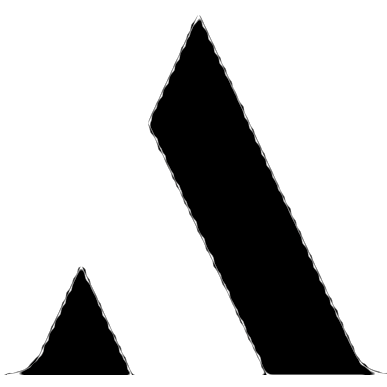Sport, politics and rebellion

Ervin Zádor with members of his team, immediately after being punched by a Russian opponent.
The Paris Olympics have reminded us that sport and politics are not quite independent of each other. Perhaps the best and most positive example of their interdependence was the so-called ping-pong diplomacy of 1970-71. This initiated a rapprochement between the People’s Republic of China and the United States and paved the way for President Nixon’s historic visit to China in 1972.
My aim in this essay is very modest. I intend to demonstrate that a relationship exists between sporting events and suddenly arising political passions, when sport may become the medium by which strong feelings can be expressed. Not surprisingly the strong feelings in both of the examples I will cite were directed at the Soviet Union, because no other channels were available to accommodate the accumulated anger.
My first example is the water polo match between Hungary and the Soviet Union at the 1956 Melbourne Olympics. To start with, two facts need to be known to appreciate the tension between the two teams. The first concerns the history of that particular sport: the Hungarian team had always won gold at the Olympics for water polo. The second is to do with the timing of the games. The match took place in early December, only a month after Soviet tanks had occupied Hungary, and the KGB, the Soviet secret police, had rounded up the leaders of the Hungarian Revolution.
According to Soviet propaganda, the Revolution was a fascist insurrection aimed against socialism. They argued that the Soviet army had been invited in to restore order by the newly appointed leader of the Hungarian Communist Party, János Kádár. This was a complete fabrication, of course, but no ordinary citizen of the Soviet Union had any chance of learning the truth. (That had to wait another 30 years for the election of Mikhail Gorbachev as General Secretary of the Soviet Communist Party.)
The stage was set for a confrontation. The Hungarian team decided not to shake the hands of the Russian team. The fight was bloody – literally. Blood was flowing rather than just dripping from the face of Ervin Zádor, a member of the Hungarian team, after he was struck by a Russian player. The match became known as the “Blood in the Water” game. The Hungarians won. The score was 4-0.
My second example is the Prague Spring, with its emphasis on “Socialism with a Human Face”. The scene is Stockholm, March 1969, the World Ice Hockey Championship. Two matches were played between Czechoslovakia and the Soviet Union. Both matches were won by the Czechoslovak team. This was the only good news Czechoslovakia had had since the dismal day when the Soviet-led armies of the Warsaw Pact had invaded in August 1968.
The basic reform the Czechoslovaks wanted to introduce was radical, namely to grant political freedom to the people. Such reforms in the Soviet bloc had only previously been proposed once, during the ill-fated Hungarian Revolution of 1956 mentioned above. This time the situation was potentially even more Orwellian. Discussion centred on freedom of the press, freedom of speech, freedom of assembly, and freedom to travel. Of course, in principle all these freedoms existed in the Soviet Union and in the Soviet satellites; therefore, officially, there was clearly no need to talk about it. And yet the Czechoslovak Communists, led by Alexander Dubcek, insisted on talking about freedom. And that was very dangerous; the spread of such ideas could have led to the collapse of the Soviet empire, as was well understood by the Soviet leadership.
There was only one solution. The armies of four Warsaw Pact countries led by the Soviet Union invaded Czechoslovakia. Resistance was pointless. These were the circumstances under which the Czechoslovak ice hockey team played against the Russians. The frustration of the Czechoslovaks reached boiling point. In fact, it boiled over. Several hundred thousand people filled the streets brandishing boards showing the ice hockey score: Czechoslovakia 4 – Occupation Forces 3. Inevitably, there was some violence. In Prague, some protesters ransacked one of the symbols of Soviet power, the Aeroflot offices. The authorities did not interfere — possibly because they welcomed violence and may even have encouraged it, to use it as a pretext for banning all the remnants of democracy. Within a very short time Czechoslovakia became the darkest spot on the map of European human rights, under the leadership of Gustáv Husák, appointed by the Kremlin.
In neither case — the Hungarian nor the Czech examples — did the protests through sport succeed. However, there was no way that could have been possible. The authorities knew that and probably so, too, did the protestors. But still they protested. The only thing they could keep alive was hope. But that was important. Maybe ultimately the only conclusion we can draw is that the human spirit cannot always be silenced.
A Message from TheArticle
We are the only publication that’s committed to covering every angle. We have an important contribution to make, one that’s needed now more than ever, and we need your help to continue publishing throughout these hard economic times. So please, make a donation.





